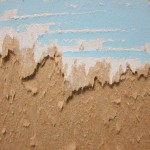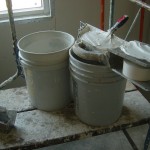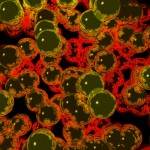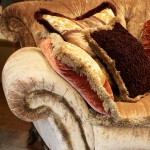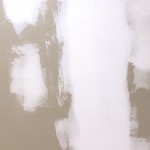 In the early days of my career, concerns about EMFs were focused primarily on outdoor power lines and EMFs from wiring and appliances. Those sources are still greatly problematic regarding health, but in the past 10 years, we have had an additional, growing wireless source of serious EMFs called “radio frequency” EMFs, or RFs. In this radio show with Renegade Health, learn how to take steps that can make a real difference in your family’s exposure to several types of EMFs, and why you should be concerned.
In the early days of my career, concerns about EMFs were focused primarily on outdoor power lines and EMFs from wiring and appliances. Those sources are still greatly problematic regarding health, but in the past 10 years, we have had an additional, growing wireless source of serious EMFs called “radio frequency” EMFs, or RFs. In this radio show with Renegade Health, learn how to take steps that can make a real difference in your family’s exposure to several types of EMFs, and why you should be concerned.


